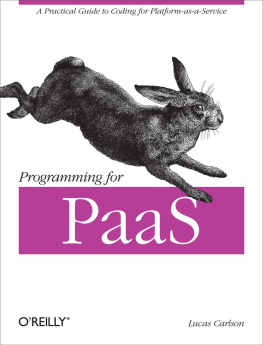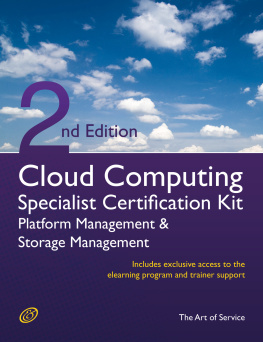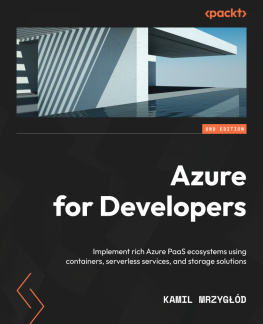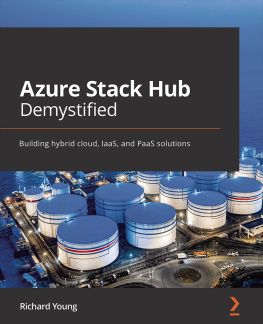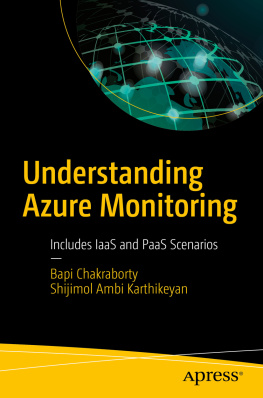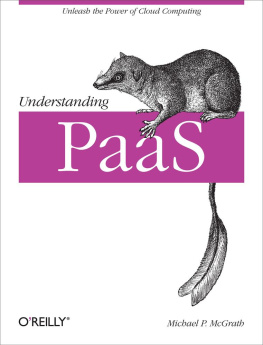Lucas Carlson - Programming for PaaS
Here you can read online Lucas Carlson - Programming for PaaS full text of the book (entire story) in english for free. Download pdf and epub, get meaning, cover and reviews about this ebook. year: 2013, publisher: OReilly Media, genre: Business. Description of the work, (preface) as well as reviews are available. Best literature library LitArk.com created for fans of good reading and offers a wide selection of genres:
Romance novel
Science fiction
Adventure
Detective
Science
History
Home and family
Prose
Art
Politics
Computer
Non-fiction
Religion
Business
Children
Humor
Choose a favorite category and find really read worthwhile books. Enjoy immersion in the world of imagination, feel the emotions of the characters or learn something new for yourself, make an fascinating discovery.
- Book:Programming for PaaS
- Author:
- Publisher:OReilly Media
- Genre:
- Year:2013
- Rating:4 / 5
- Favourites:Add to favourites
- Your mark:
Programming for PaaS: summary, description and annotation
We offer to read an annotation, description, summary or preface (depends on what the author of the book "Programming for PaaS" wrote himself). If you haven't found the necessary information about the book — write in the comments, we will try to find it.
Platform-as-a-Service (PaaS) is gaining serious traction among web and mobile developers, but as new PaaS providers emerge and existing vendors upgrade their features, its hard to keep track of what PaaS has to offer. This thorough introduction takes you through the PaaS model from a developers point of view, and breaks down the types of services that Google App Engine, Windows Azure, Heroku, Cloud Foundry, and others deliver.
Whether youre an entrepreneur or part of a large enterprise development team, this book shows you how PaaS can help you focus on innovative applications, rather than spend your time worrying about technical operations.
- Track the clouds evolution from IaaS and DevOps to PaaS
- Learn how PaaS combines the simplicity of shared web hosting with the control of dedicated hosting
- Explore the benefits of both portable and non-portable PaaS options
- Apply best practices for moving legacy apps to PaaSand understand the challenges involved
- Write new applications for PaaS from scratch with RESTful meta-services
- Use PaaS to build mobile apps with backend services that scale
- Examine the core services that each major provider currently offers
- Learn the situations in which PaaS might not be advantageous
Lucas Carlson: author's other books
Who wrote Programming for PaaS? Find out the surname, the name of the author of the book and a list of all author's works by series.

